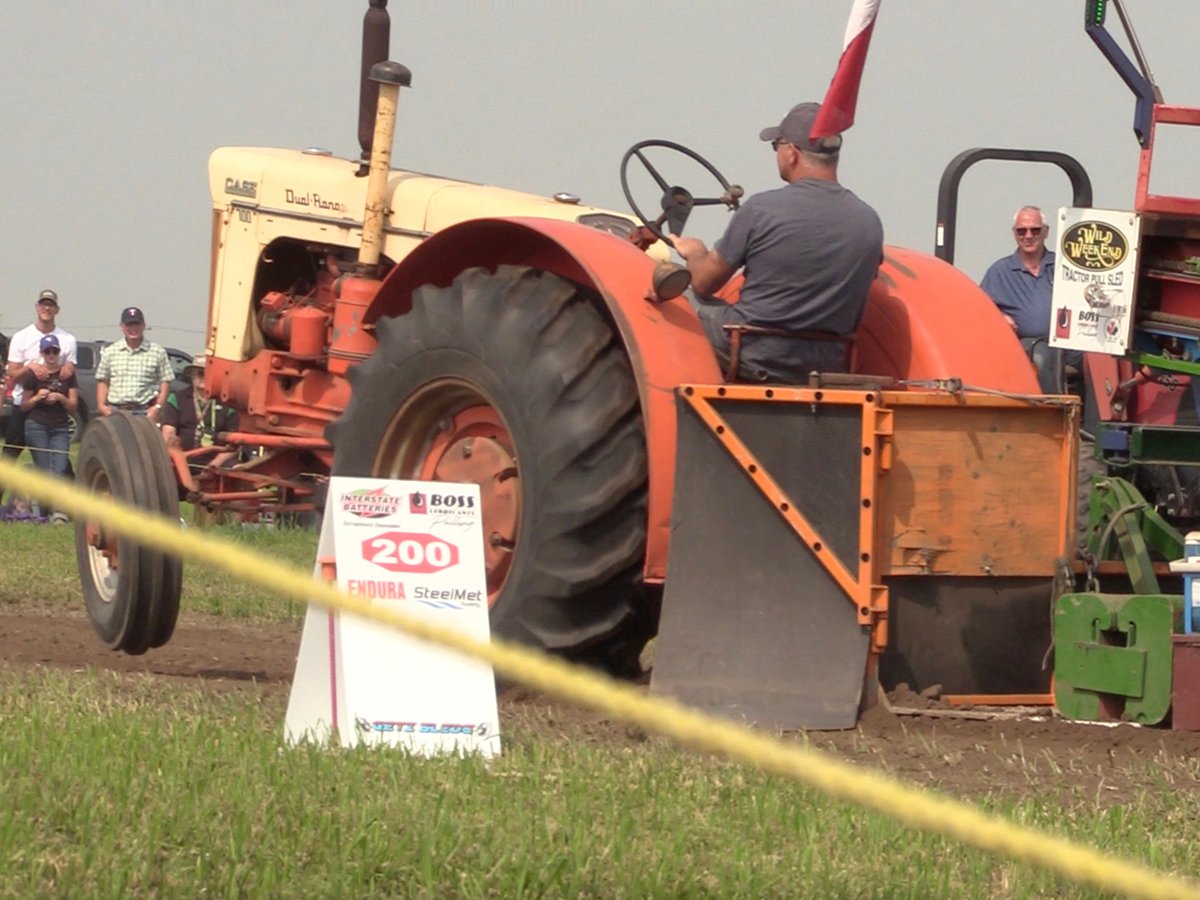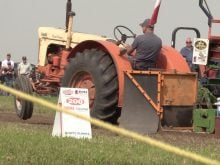Q: This year there are piles of grain in the open. Who is
responsible if cattle wander, eat the grain and die? Does the open herd law make any difference?
A: Legislation in all three prairie provinces provides that cattle cannot stray. However, in both Manitoba and Saskatchewan, municipalities can make an exception. In those provinces, check with your local municipality to determine specific bylaws.
In all three pro-vinces, the owner of a stray animal can be held responsible for any damage it causes. In Alberta, the owner and the last person in charge of the strays are liable, but there is no liability if the damage is the fault of the person suffering the loss. A failure to fence is not considered grounds for denying liability. So if cattle stray, the owner can’t claim the loss could have been avoided by fencing.
Read Also

Vintage power on display at Saskatchewan tractor pull
At the Ag in Motion farm show held earlier this year near Langham, Sask., a vintage tractor pull event drew pretty significant crowds of show goers, who were mostly farmers.
In Manitoba, the owner of a stray will not be liable for damages if he can show control of the livestock “was in accordance with generally accepted agricultural practices” or that the livestock strayed due to an act of God or was someone’s fault other than an employee. The owner would not be liable if a vandal opened a gate allowing cattle to stray.
In Saskatchewan, even if an animal is lawfully at large, the owner can still be liable for damages if the stray breaks through a lawful fence. A lawful fence for cattle will have three strands of wire between 35 and 40 centimetres apart with the lowest strand between 35-40 cm above the ground. Poles should be no more than 30 metres apart with droppers every five m, or if there are no droppers then poles must be no more than 7.5 m apart.
Saskatchewan’s legislation also makes clear that an owner of land is not liable for harm to an animal unlawfully at large. This was illustrated by the 1995 case of Block vs. Cole. Block’s cattle escaped through a broken gate and strayed onto the Cole land. The cattle discovered some insecticide-treated canola seed in a slough and 24 died. Block sued but his claim was denied.
The judge noted that Saskatchewan’s Stray Animals Act is clear there can be no liability for damage to a stray while it is on another’s property, even though Cole may have contravened Pest Control Products Act regulations by dumping the treated seed in a slough.
In that case the cattle had strayed. What if they were legally at large? As Saskatchewan legislation is silent on this point, in my view the common law (court-made law) would apply. Under those rules a landowner who knowingly creates a danger or knows that there is a danger to stray cattle has a duty to ensure that strays are protected from such dangers.
In my view, a farmer who engages in good farming practices is not likely to be found in violation. In Manitoba, even if animals can legally roam at large, the owner remains liable for damages.
Don Purich is a former practising lawyer who is now involved in publishing, teaching and writing about legal issues. His columns are intended as general advice only. Individuals are encouraged to seek other opinions and/or personal counsel when dealing with legal matters.
















